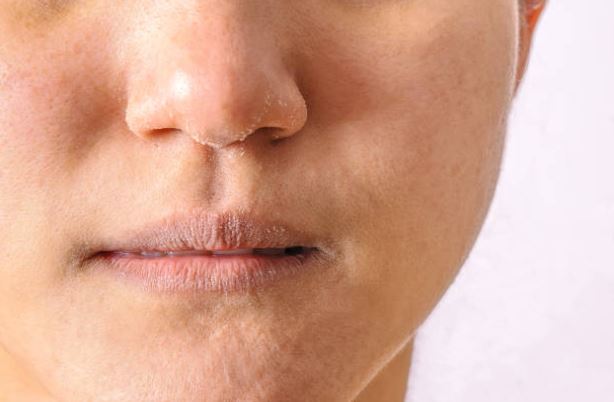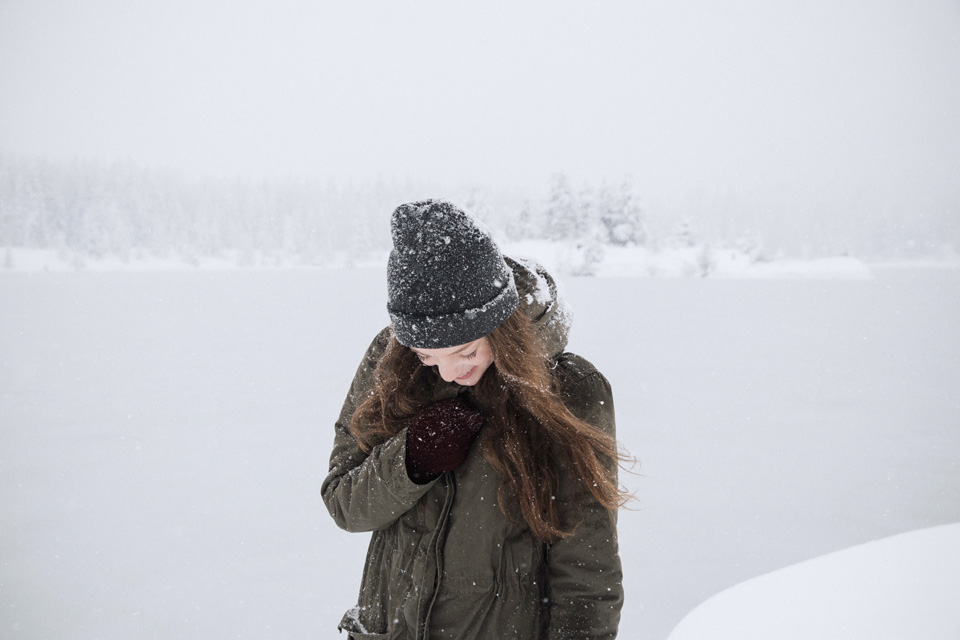Keeping your skin looking and feeling healthy can seem like an ongoing battle — especially when the humidity drops during the Fall and Winter months. Because skin is mostly made of water, when the air gets colder and drier it becomes more easily dehydrated, making it vulnerable to skin rashes and infections. Try some of these simple techniques to help manage Winter damage.

1. Use a gentle, unscented soap.
We recommend using products such as Cerave Hydrating Body Wash, Cerave Hydrating Cleanser Bar, Free & Clear Liquid Cleanser, or the Vanicream Cleansing Bar. These cleansers will keep your skin clear without over-drying.
2. Apply a thick unscented moisturizing cream to your entire body within three minutes of getting out of the shower.
Creams are more hydrating than lotions and not as greasy as ointments. Using a moisturizer immediately after bathing allows it to penetrate deeper into the skin and locks in extra moisture. Our favorite unscented moisturizers include Cerave Cream, Vanicream Moisturizing Skin Cream, and Cetaphil Moisturizing Cream.
REQUEST A CONSULTATION
3. If you are feeling extra dry, you can apply moisturizers as often as needed throughout the day.
Our hands are also more prone to the elements and need moisture more often than our bodies. Ideally, we should be moisturizing our hands after each time we wash. A great hand cream that can withstand through two hand washes is Cerave Therapeutic Hand Cream.
4. Avoid any products that contain fragrance, such as shampoo, conditioner, perfume, scented laundry detergent, fabric softener, or dryer sheets.
Some great options include Free & Clear Shampoo and Conditioner and All Free & Clear Liquid Laundry Detergent for Sensitive Skin. It’s best to skip fabric softener and dryer sheets all together. If you must use perfume, always spray it on your clothing and not your skin.
TESTIMONIALS
*individual results may vary
5. Avoid wool and polyester fabrics, as these can cause itching and irritation to the skin.
You can also try layering synthetic or cotton fabrics underneath wool and polyester to minimize irritation.
If there are signs of a skin rash or infection that is not resolving on its own, schedule a visit with your preferred Dermatology provider for early diagnosis and treatment. The majority of skin rashes and infections can be cleared quickly if they are caught early.




